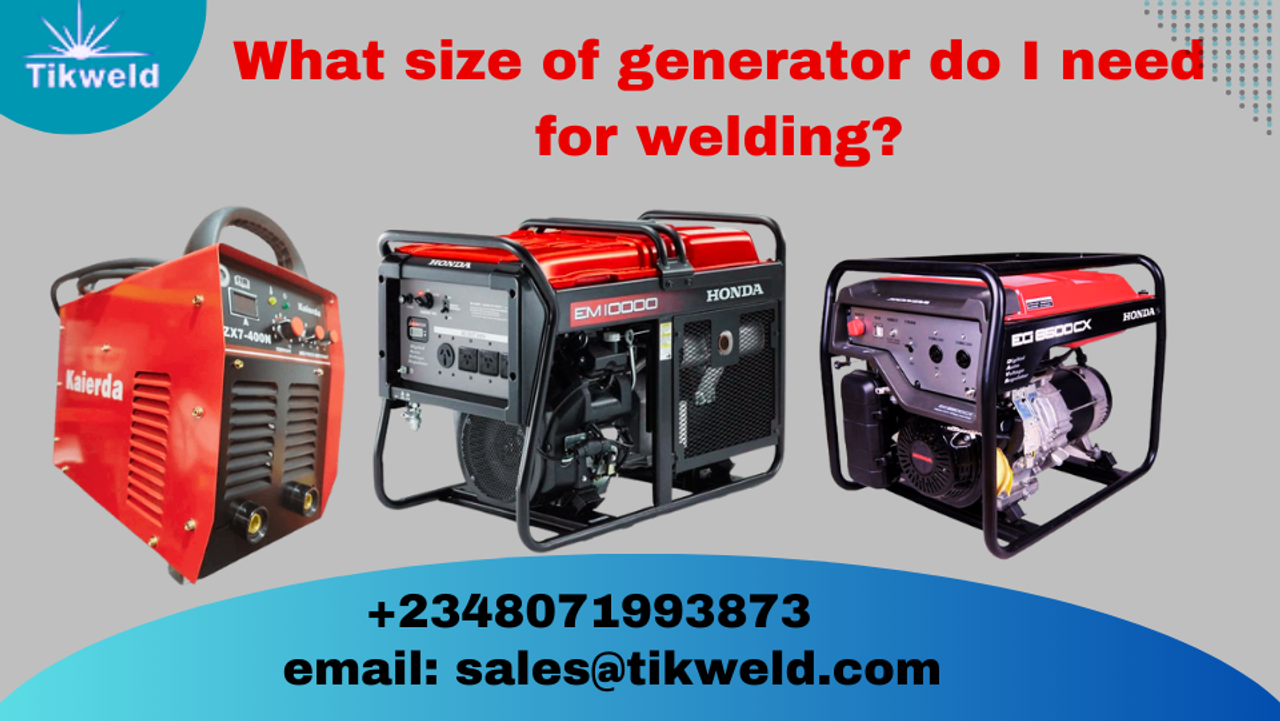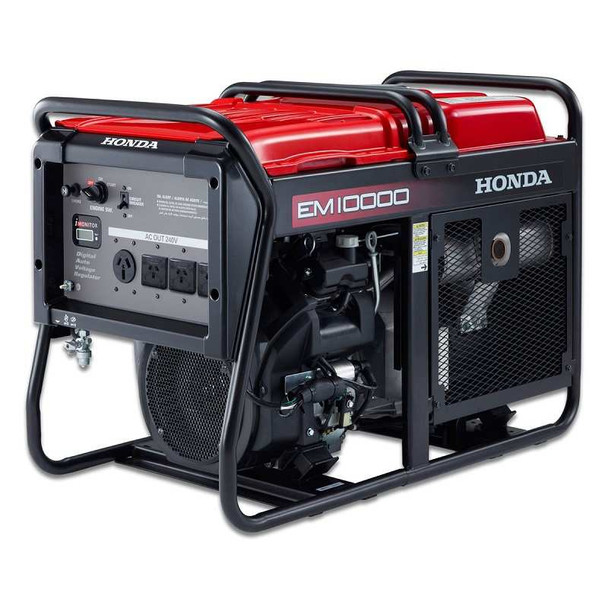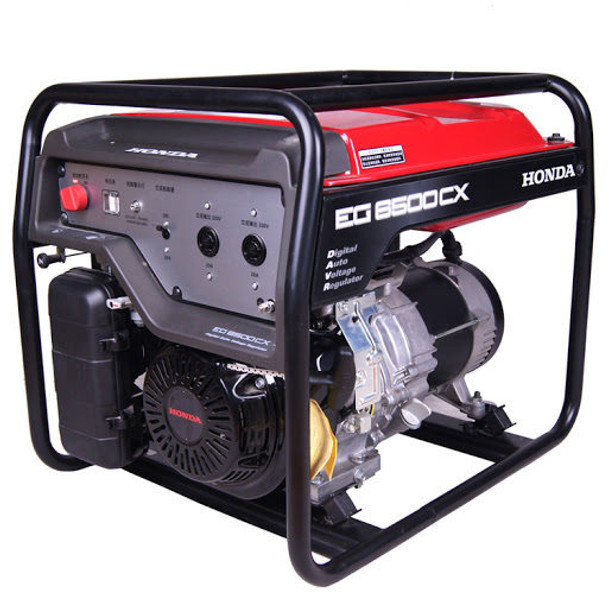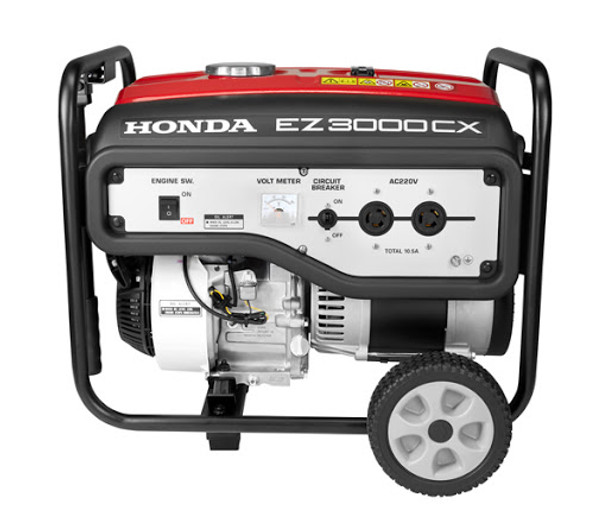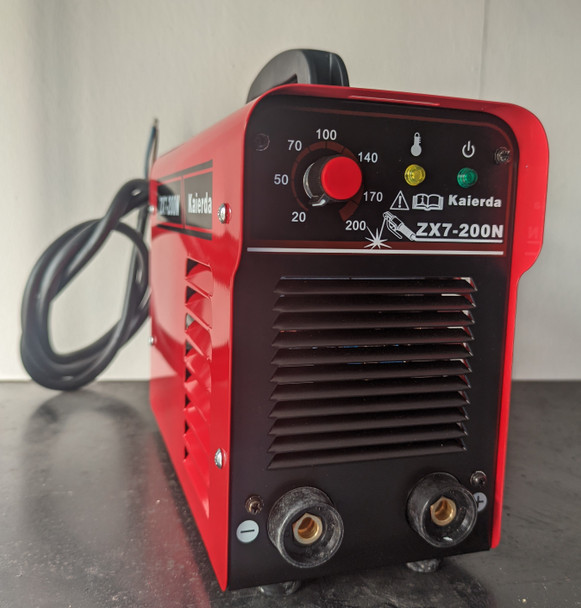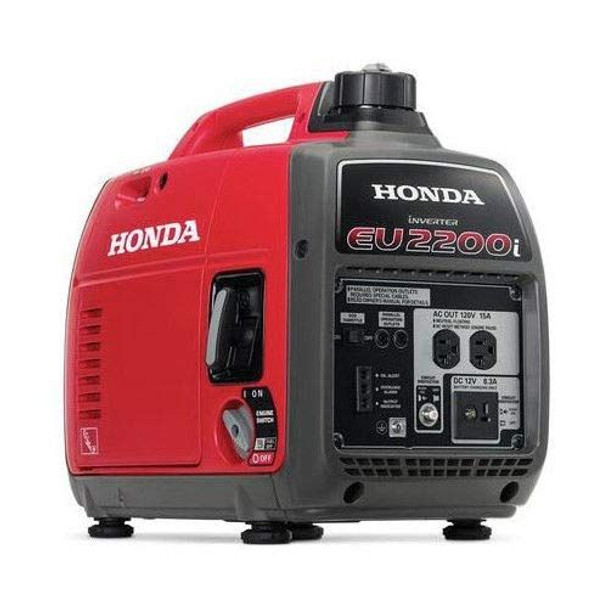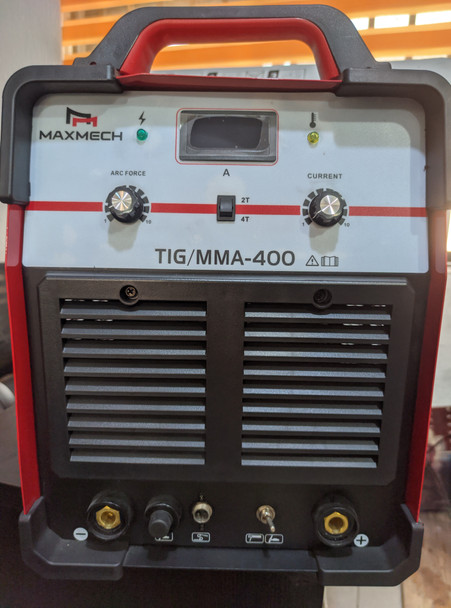What size of generator do I need for welding?
Welding requires power—lots of it. But not just any power. You need a stable, reliable power source that can handle the specific demands of your welding machine. Choosing the wrong generator can lead to poor welds, equipment damage, and even safety hazards. This guide provides a clear, step-by-step approach to determining the correct generator size for your welding projects, covering everything from calculating power requirements to selecting the right generator type and ensuring safe operation.
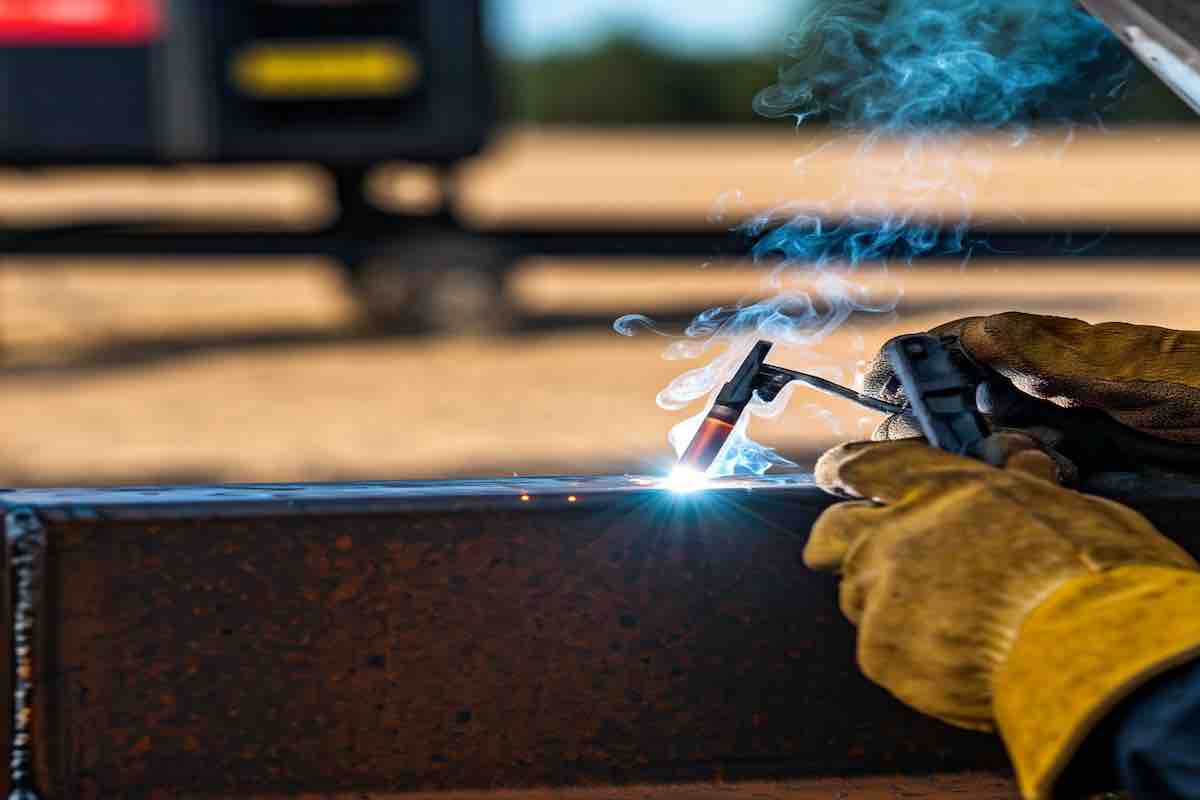
Key takeaway
Introduction
Welding projects vary greatly in their power demands, which can affect the efficiency and safety of the welding process. Choosing the right size generator ensures that you have a reliable power source that can handle the requirements of your welding equipment without risk of power interruptions or equipment damage.
Welding involves using electricity to melt and fuse metal pieces together, a process that typically requires a significant amount of power. The power needs for welding depend on the type of welding machine and the specifics of the task at hand, including material type and thickness. This guide aims to help you understand these power requirements and how to select a generator that meets them effectively.
 Honda Generator EM10000
Honda Generator EM10000
Learn more: The Best Generators in Nigeria 2024 Reviews
Understanding Welding Power Requirements
Types of Welding Machines
1. MIG Welders (Metal Inert Gas)
- Power Requirements: MIG welders generally require less power compared to TIG and Stick welders, making them highly suitable for home use and light commercial applications. The power needed for MIG welding can range from as low as 20 amps for thin sheet metal up to about 220 amps for thicker materials like a 1/2-inch steel plate. Machines used in home workshops typically operate on 115 or 230-volt
circuits, the latter being more common for welding thicker materials.
- Applications: Ideal for both novice and experienced welders, MIG welding is commonly used for automotive repairs, DIY home projects, and light fabrication because of its straightforward setup and strong, clean welds.
2. TIG Welders (Tungsten Inert Gas)
- Overview: TIG welding, or Gas Tungsten Arc Welding (GTAW), is known for the precision and versatility it offers. This process uses a non-consumable tungsten electrode to produce the weld and requires the addition of an external filler metal.
- Power Requirements: TIG welders typically require more power than MIG welders because of the high temperatures needed to maintain the integrity of the tungsten electrode. This method is more commonly used with materials that require meticulous heat control to prevent warping or other heat-induced damage. For instance, welding aluminum effectively often necessitates higher amperage settings, generally above 200 amps, depending on the thickness of the material.
- Applications: TIG welding is preferred for critical joint welding, metals other than steel (like aluminum and titanium), and any project where a high-quality, precise weld is needed, such as in aerospace or artistic sculpting.
 Honda Generator EG6500CXS
Honda Generator EG6500CXS
3. Stick Welders
- Overview: Stick welding, or Shielded Metal Arc Welding (SMAW), is one of the oldest and most versatile welding processes, using a consumable electrode coated in flux to lay the weld.
- Power Requirements: The power requirements for stick welding vary significantly based on the electrode size and the type and thickness of the materials being welded. Stick welders typically operate between 20 amps for light work (e.g., thin gauge metals) up to 300 amps or more for heavy-duty applications such as constructing or repairing bridges and buildings. Because of its high power and versatility, stick welding is often used where welding conditions are less than ideal, such as outdoors or in windy conditions.
- Applications: Commonly used for industrial construction due to its effectiveness with thick materials and its portability, which is particularly useful for hard-to-reach welds or environments where a simple setup is beneficial.
Factors Influencing Power Consumption in Welding
Welding is an energy-intensive process, and the power consumption can vary significantly based on several key factors. Understanding these factors is crucial for selecting the right welding equipment and settings, optimizing energy usage, and ensuring high-quality welds. Here are the primary factors that influence the power consumption in welding operations:
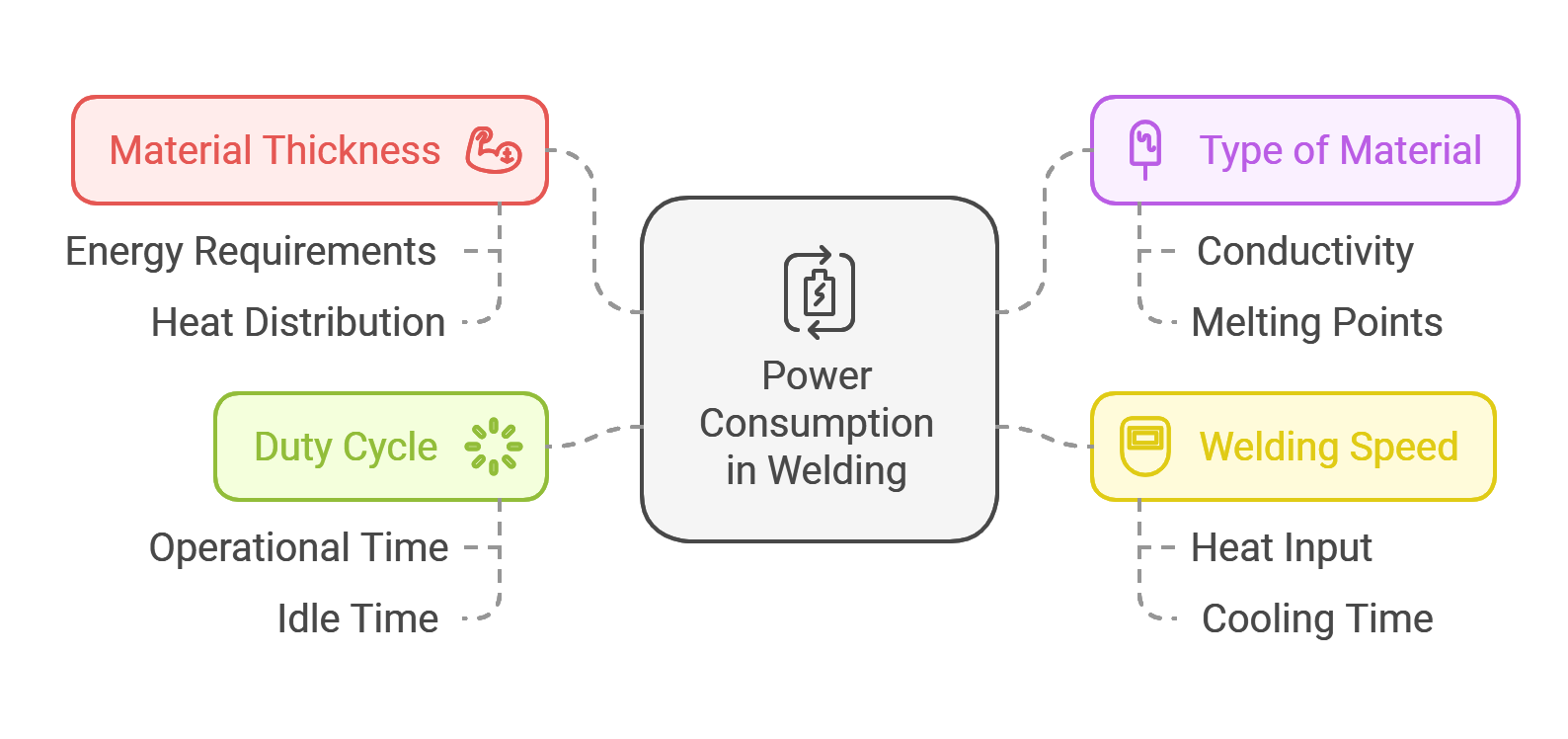
1. Material Thickness
- Impact on Power Consumption: The thickness of the material being welded has a direct correlation with the amount of power needed. Thicker materials require more heat to reach the melting point, which in turn requires more electrical power. For instance, welding a thin sheet metal consumes significantly less power than welding a thick steel beam because less energy is required to heat the thinner metal to the necessary temperature.
- Practical Consideration: When planning a welding project, the power settings on the welding machine need to be adjusted according to the thickness of the materials. Failure to use enough power for thicker materials can result in weak welds that may fail under stress.
 Honda Generator EZ3000CX
Honda Generator EZ3000CX
2. Type of Material
- Diverse Power Needs: Different materials have varying thermal conductivities and specific heat capacities, affecting how quickly they heat up and how much heat they retain. For example, aluminum conducts heat away from the weld area faster than steel, requiring higher power settings to achieve and maintain the necessary temperature to create a successful weld.
- Material-Specific Settings: Each material may require adjustments not only in power but also in techniques and types of welders used. For instance, TIG welders are often preferred for aluminum and stainless steel due to their ability to manage heat input more precisely, which is crucial for these materials.
3. Welding Speed
- Influence on Energy Usage: The speed at which the welding is performed can also affect power consumption. Faster welding speeds can lead to increased power demands as the welder needs to supply sufficient heat in a shorter amount of time to properly melt the material.
- Balancing Speed and Quality: While increasing speed can boost productivity, it's important to find a balance to avoid poor penetration and weak welds. Efficient welding often requires optimizing speed to ensure adequate heat is delivered to penetrate the material fully while also maintaining production efficiency.
4. Duty Cycle
- Definition and Impact: The duty cycle of a welder refers to the amount of time it can operate at a given output without needing to cool down to prevent overheating. It is usually expressed as a percentage of a 10-minute period. For example, a 60% duty cycle means the welder can run continuously for 6 minutes at the specified output and then must cool down for 4 minutes.
- Implications for Power Demand: Welders with higher duty cycles are capable of longer runs at higher outputs, which increases overall power consumption. A high-duty-cycle machine is essential for heavy-duty or industrial applications where prolonged welding periods are common, but it also means that these machines require robust power supply systems to handle the increased energy demands.
 Kaierda Inverter/Arc Welding machine ZX7-200N/220V/DC
Kaierda Inverter/Arc Welding machine ZX7-200N/220V/DC
Calculating Required Power for Welding
To choose the right generator, you need to calculate the power your welder requires. Here's how:
- Find the Welder's Specifications: Look for the amperage and voltage ratings on the welder's nameplate or in the user manual.
- Calculate Running Watts: Use the formula: Watts = Volts x Amps.
- Account for Efficiency: Welding machines aren't 100% efficient. Divide the calculated watts by the welder's efficiency rating (expressed as a decimal) to get the actual power draw.
- Consider Starting Amperage: Welders require a surge of power when starting. Multiply the running watts by a factor of 2-3 (depending on the welder type) to account for this starting surge.
- Example: A 230V MIG welder rated at 150A with 80% efficiency:
- Running Watts: 230V x 150A = 34,500W
- Adjusted Watts (accounting for efficiency): 34,500W / 0.8 = 43,125W
- Starting Watts (assuming a factor of 2): 43,125W x 2 = 86,250W
- Therefore, you would need a generator capable of providing at least 86,250 starting watts and 43,125 running watts.
Welding Process Power Requirements Table
This table provides general estimates. Actual power requirements can vary depending on the specific welding machine, settings, and other factors. Always consult your welder's manual for accurate information.
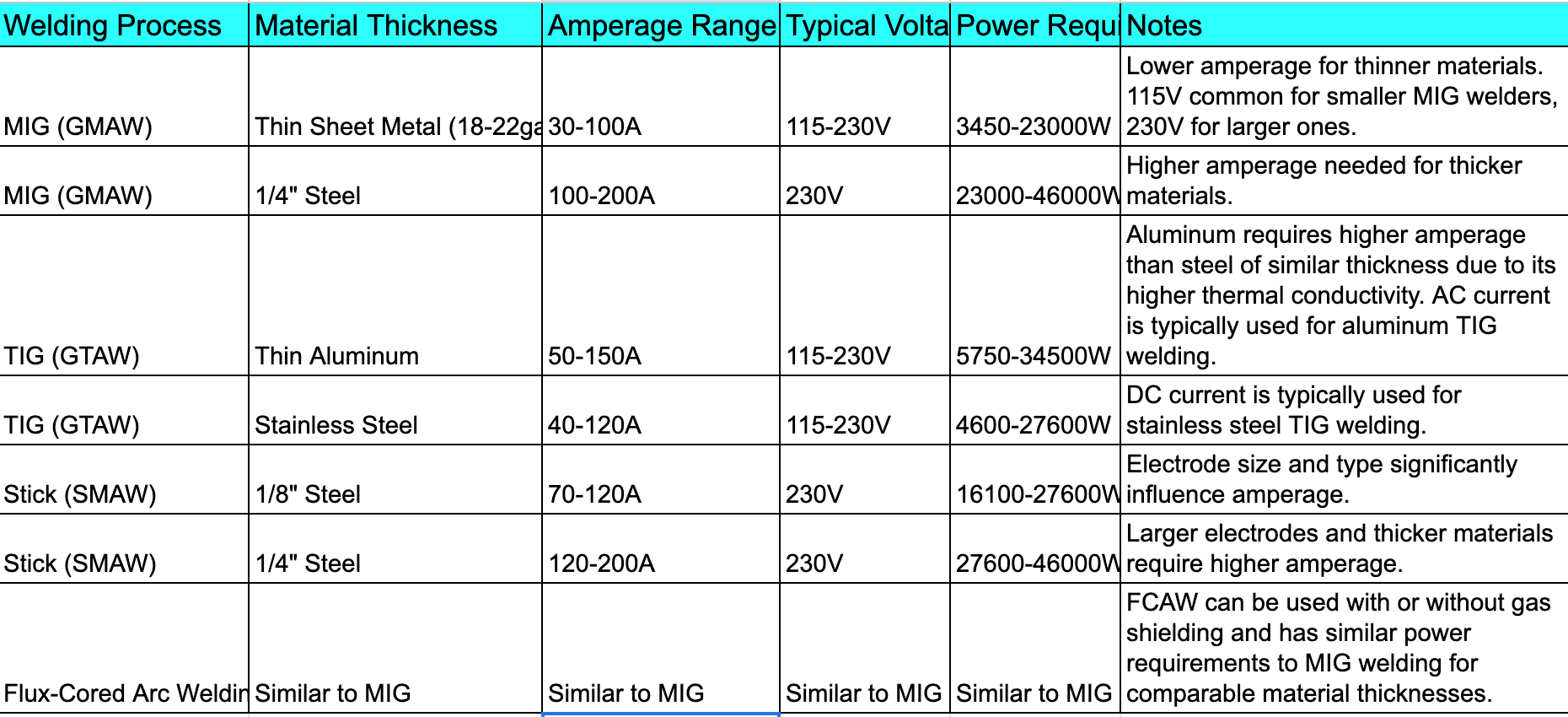
Generator Sizing Table
This table provides a simplified guideline for choosing a generator based on welding amperage. It's essential to consider the welder's duty cycle and starting amperage for accurate sizing. This table assumes a 230V welder.
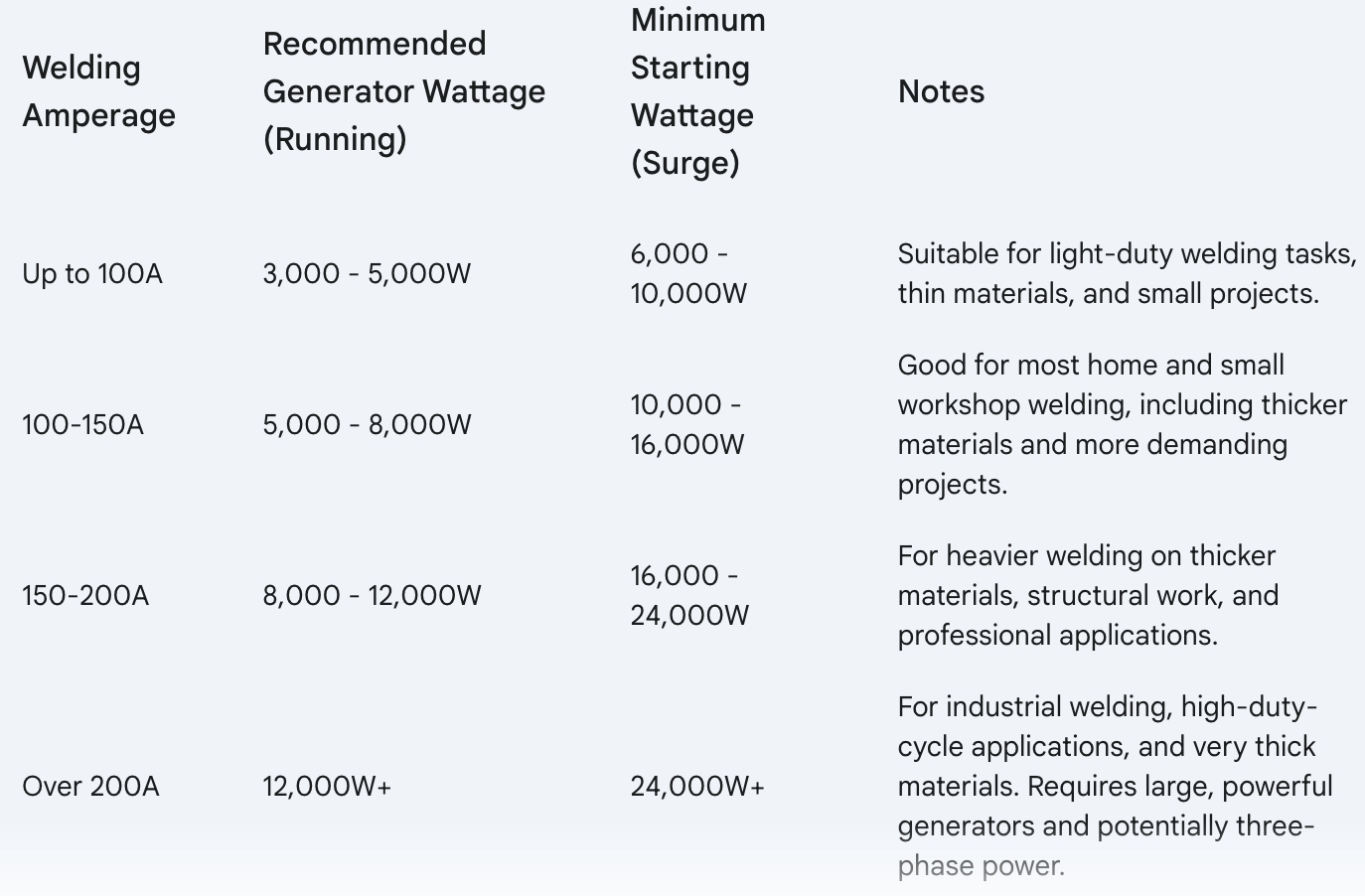
Important Considerations for Both Tables:
- Duty Cycle: The tables above provide running wattage. You must consider the welder's duty cycle. If a welder has a 60% duty cycle at 150A, it can only weld for 6 minutes out of every 10 at that amperage. This means the generator needs to be able to handle the full load for those 6 minutes.
- Starting/Surge Amperage: Welding machines require a surge of power when starting the arc. The generator must be able to handle this surge. The "Minimum Starting Wattage" column in the simplified table gives a general idea, but consulting the welder's manual is crucial.
- Voltage: These tables primarily assume 230V welders, which are common for higher-amperage welding. If you're using a 115V welder, the wattage will be lower for the same amperage.
- Consult a Professional: For complex welding setups or high-power applications, it's always best to consult a qualified electrician or welding equipment specialist to ensure proper generator sizing and safe operation.
Formula for Calculating Power Needs
To ensure you select a generator that can handle your welding tasks, use the following basic formula to estimate power requirements:
Power (watts)=Voltage (volts)×Current (amps)
For welding, you'll also need to adjust for the efficiency of the machine, which can be found in the welder's specifications. If efficiency is listed, adjust the calculation accordingly:
Adjusted Power= Calculated Power
Efficiency factor
Example Calculations
Example for a MIG Welder:
Suppose you have a MIG welder that operates at 230 volts and 200 amps with an efficiency of 80% (0.8).
Power Required=230×200=46,000 watts
Adjusted Power= 46,000 = 57,500 watts
0.8
This means you would need a generator that can provide at least 57.5 kW.
Example for a Stick Welder:
If the welder operates at 220 volts and 160 amps with an efficiency of 70% (0.7)
Power Required=220×160=35,200 watts
Adjusted Power=35,200 = 50,286 watts
0.7
A generator with at least 50.3 kW would be required to safely run this welder.
 Honda Inverter Generator Super Quiet EU220i
Honda Inverter Generator Super Quiet EU220i
Choosing the Right Generator for Welding
Types of Generators Suitable for Welding
- Inverter Generators: Offer clean and stable power which is crucial for sensitive welding machines, particularly TIG welders.
- Portable Generators: Typically more robust and available in higher power capacities, suitable for Stick and MIG welding on job sites.
- Standby Generators: Best for permanent installations in industrial settings where continuous power for welding is needed.
Key Features to Consider
- Power Output: Ensure the generator can meet or exceed the adjusted power requirements calculated.
- Voltage Stability: Crucial for maintaining consistent welding quality and preventing damage to the welding machine.
- Portability: If the welding needs to be done in various locations, a generator with easy mobility is essential.
- Fuel Type: Depending on availability and cost, choose from gasoline, diesel, or propane generators. Diesel generators are generally more durable and efficient for heavy-duty use.
Additional Considerations
Safety Precautions
Safety must be a top priority when using generators for welding due to the high power and potential hazards involved. Here are essential safety tips:
- Proper Ventilation: Generators emit carbon monoxide, so they should never be used indoors or in poorly ventilated areas.
- Correct Grounding: Ensure the generator is properly grounded to prevent electrical shocks and provide a path for fault current.
- Regular Inspections: Check the generator and welding equipment regularly for any signs of wear, damage, or malfunction to prevent accidents.
 Maxmech Inverter Welding Machine TIG/MMA 400
Maxmech Inverter Welding Machine TIG/MMA 400
Maintenance Tips for Generators
To keep your generator in optimal condition and prolong its life, consider the following maintenance tips:
- Routine Checks: Regularly inspect fuel and oil levels, and replace or clean air filters to ensure efficient operation.
- Storage: When not in use, store the generator in a clean, dry environment to avoid rust and corrosion.
- Professional Servicing: Have your generator serviced by a professional at least once a year to maintain its performance and safety.
Recommended Generators for Welding
Top Generator Picks
Based on the power needs and features discussed, here are a few recommended generators for different welding applications:
- For TIG Welding: Honda EU7000iS Inverter Generator – Known for its quiet operation and stable power output, suitable for precision welding.
- For MIG/Stick Welding: DuroMax XP12000EH – Offers high power output and dual fuel capability, making it versatile for various site conditions.
Comparison of Features and Prices
- Honda EU7000iS: Offers 7000 watts of power, inverter technology for clean power, costing around $4,500.
- DuroMax XP12000EH: Provides up to 12,000 watts, operates on gasoline or propane, and is priced at approximately #
Frequently Asked Question
1. Can I use the same generator for different types of welding machines?
Yes, as long as the generator meets the power requirements of each machine and provides stable voltage.
2. How often should I run my generator if it's not used regularly?
It's recommended to run your generator at least once a month to keep the engine and components in good working condition.
3. What is the most fuel-efficient generator for welding?
Inverter generators are generally more fuel-efficient and provide the clean power needed for welding.
4. How can I tell if my generator is not providing enough power for welding?
Signs include inconsistent welding arcs, frequent breaker trips, or the inability of the generator to maintain rated speed.
5. Where can I buy reliable generators for welding?
Check reputable suppliers like Tikweld, which offer a wide range of generators suitable for various welding applications. Visit their website to explore options and get expert advice tailored to your needs.
Related Article:
Top 8 Generators Recommended by Professionals in Nigeria (Reviews)
Conclusion
Choosing the right generator for welding involves understanding your power requirements, selecting a generator that matches these needs, and considering additional features that enhance safety and usability.
Evaluate your specific welding requirements, consider the total cost of ownership, including maintenance and fuel consumption, and invest in a generator that offers reliability and efficiency. Always prioritize safety and ensure your setup complies with all local regulations.
This comprehensive guide provides all the information you need to make an informed decision when selecting a generator for welding, ensuring you choose a model that is safe, efficient, and appropriate for your specific requirements.
Contact us for the availability of power generator

